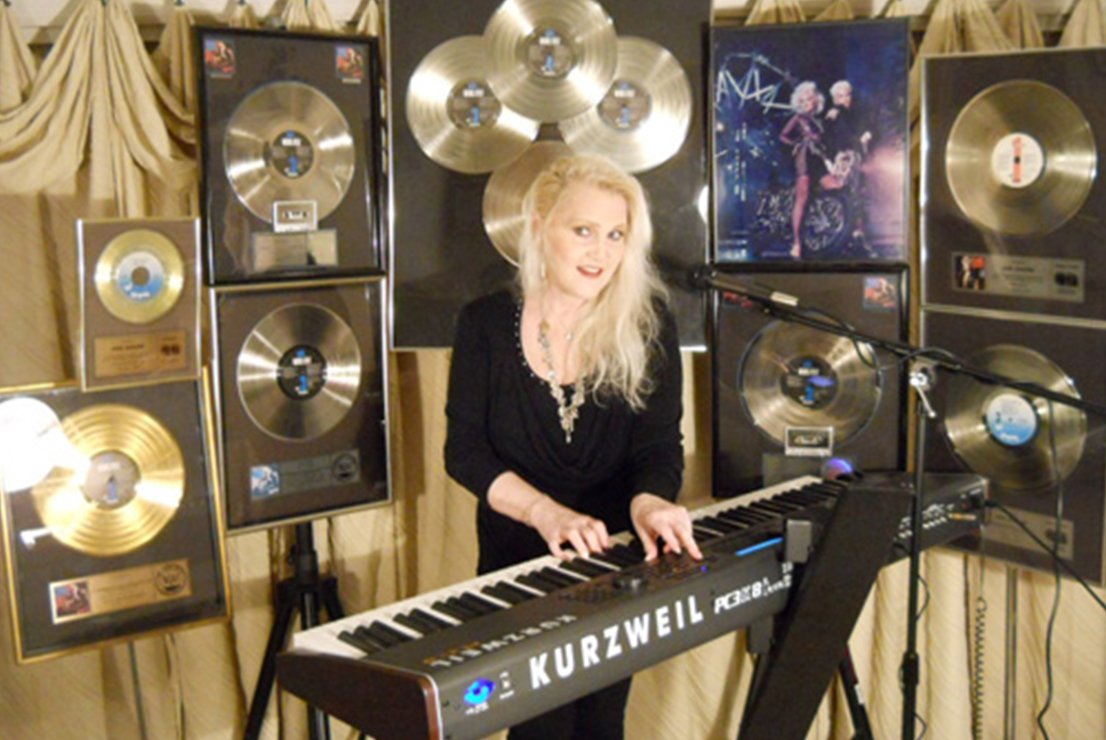

He went to MIT to study with Marvin Minsky.

in computer science and literature in 1970 at MIT. Kurzweil also visited Frank Rosenblatt at Cornell. While in high school, Kurzweil had corresponded with Marvin Minsky and was invited to visit him at MIT, which he did. These activities collectively impressed upon Kurzweil the belief that nearly any problem could be overcome. Later that year, he won first prize in the International Science Fair for the invention Kurzweil's submission to Westinghouse Talent Search of his first computer program alongside several other projects resulted in him being one of its national winners, which allowed him to be personally congratulated by President Lyndon B. In 1965, he was invited to appear on the CBS television program I've Got a Secret, where he performed a piano piece that was composed by a computer he also had built.
#Kurzweil 3000 no voices software
He created pattern-recognition software that analyzed the works of classical composers, and then synthesized its own songs in similar styles. In 1963, at age 15, he wrote his first computer program. His uncle, an engineer at Bell Labs, taught young Kurzweil the basics of computer science. During class, he often held onto his class textbooks to seemingly participate, but instead, focused on his own projects which were hidden behind the book. Kurzweil attended Martin Van Buren High School. His parents were involved with the arts, and he is quoted in the documentary Transcendent Man as saying that the household always produced discussions about the future and technology. At the age of fourteen, Kurzweil wrote a paper detailing his theory of the neocortex. He was involved with computers by the age of 12 (in 1960), when only a dozen computers existed in all of New York City, and built computing devices and statistical programs for the predecessor of Head Start. At the age of seven or eight, he built a robotic puppet theater and robotic game. At the age of eight, nine, and ten, he read the entire Tom Swift Jr. In his youth, Kurzweil was an avid reader of science fiction literature. As a young boy, Kurzweil had an inventory of parts from various construction toys he had been given and old electronic gadgets he'd collected from neighbors. Kurzweil decided he wanted to be an inventor at the age of five. His father, Fredric, was a concert pianist, a noted conductor, and a music educator. His Unitarian church had the philosophy of many paths to the truth – his religious education consisted of studying a single religion for six months before moving on to the next. He was exposed via Unitarian Universalism to a diversity of religious faiths during his upbringing. He was born to secular Jewish parents who had emigrated from Austria just before the onset of World War II. He attended NYC Public Education Kingsbury Elementary School PS188. Kurzweil grew up in Queens, New York City. Life, inventions, and business career Early life 4.4 Encouraging futurism and transhumanism.4.2 Stance on the future of genetics, nanotechnology, and robotics.1 Life, inventions, and business career.magazine ranked him #8 among the "most fascinating" entrepreneurs in the United States and called him "Edison's rightful heir". The Public Broadcasting Service ( PBS) included Kurzweil as one of 16 "revolutionaries who made America" along with other inventors of the past two centuries. He has received 21 honorary doctorates, and honors from three U.S.

In 2002 he was inducted into the National Inventors Hall of Fame, established by the U.S. He was elected a member of the National Academy of Engineering in 2001 for the application of technology to improve human-machine communication. He was the recipient of the $500,000 Lemelson-MIT Prize for 2001. Kurzweil received the 1999 National Medal of Technology and Innovation, the United States' highest honor in technology, from President Clinton in a White House ceremony. Kurzweil is a public advocate for the futurist and transhumanist movements and gives public talks to share his optimistic outlook on life extension technologies and the future of nanotechnology, robotics, and biotechnology. He has written books on health, artificial intelligence (AI), transhumanism, the technological singularity, and futurism. He is involved in fields such as optical character recognition (OCR), text-to-speech synthesis, speech recognition technology, and electronic keyboard instruments. Raymond Kurzweil ( / ˈ k ɜːr z w aɪ l/ KURZ-wyle born February 12, 1948) is an American inventor and futurist.


 0 kommentar(er)
0 kommentar(er)
